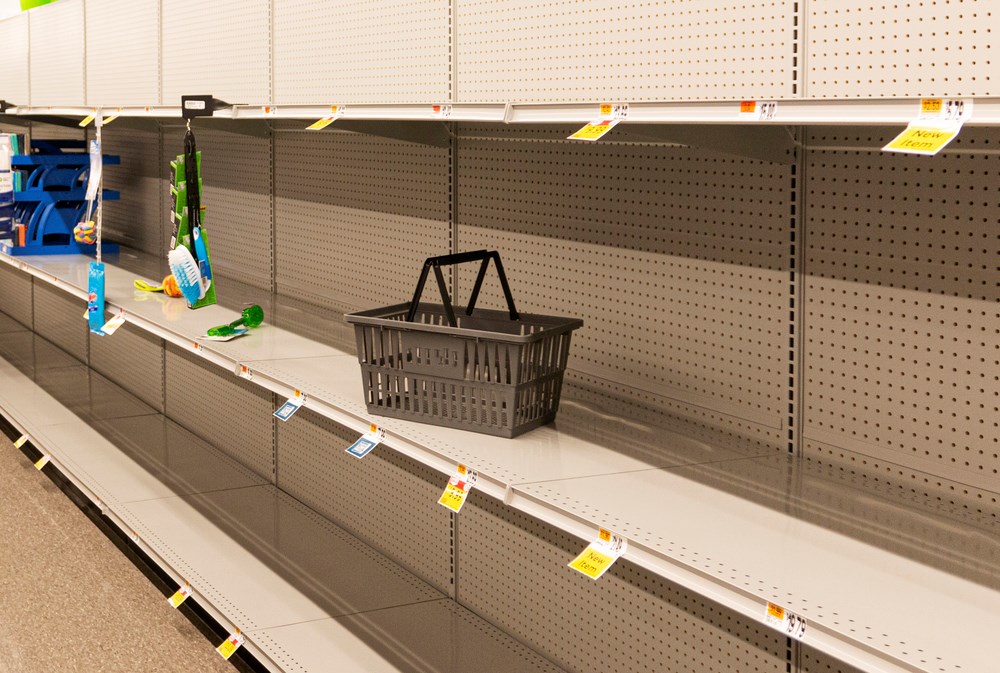Demand exceeds supply in US: NY Fed President
New York Fed President John Williams stated that demand greatly outstrips supply in the US economy.
-

Demand exceeds supply in the US economy.
Demand outnumbers supply in many sectors of the US economy, including labor for housing, complicating the work of combating inflation, according to New York Federal Reserve Bank President John Williams on Monday.
“We're seeing inflation in a broad set of goods. Demand is far outweighing supply. Without price stability, you're not going to achieve the growth and employment opportunities you would otherwise,” Williams said in a live-streamed event.
Read next: US companies have few days supply of semiconductors: US govt
Williams said the labor market had “a massive amount of job openings” and on the housing side there were “high rents as well as high home prices.”
According to the government's Job Openings And Labor Turnover Summary, released earlier this month, US job openings reached a record high of 11.5 million at the end of March, as vacancies continued to outstrip hires in a labor market that remained decisively in favor of employees.
Real estate
Freddie Mac, the national mortgage finance organization, also stated earlier this month that an increase in mortgage rates, along with record-high prices for existing homes, has made homeownership in the United States the most expensive in a generation.
Housing and real estate are crucial components of the US economy, with around 65 percent of occupied housing units being owner-occupied, making homes a significant source of household wealth and home construction a key source of employment.
During the 2008-2009 financial crisis, a housing market slump prompted what became known as the Great Recession.
Real interest rates
Real interest rates are inflation-adjusted rates that reflect the borrower's real cost of funds and the lender's real yield.
For example, if the Federal Reserve's benchmark interest rate is four percent and a US bank lends at ten percent instead, the actual interest rate is six percent.
Following a 3.5 percent contraction in 2020 due to disruptions caused by coronavirus pandemic precautions, the US economy expanded by 5.7 percent in 2021, the fastest rate since 1982.
Inflation, on the other hand, has accelerated.

 2 Min Read
2 Min Read








